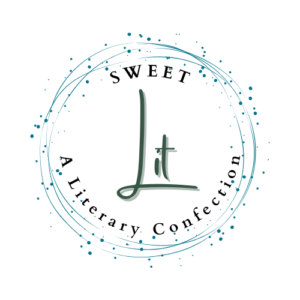Dear Susan Uehara Rakstang,
This book reminded me of a piece of theory written by Abrams called “The Speech of Things”¹. The piece introduces the idea that animals, trees, non-human life, communicate very clearly and complexly. Communication in these forms is often discredited as not communication at all. How a dog nuzzling a bone or a tree’s roots intertwining with those of the tree next to it are just movements, not reminiscent of a deeper motive or expression. But Abrams argues that these forms of speaking are a language and they are important.
In your book, Cooking For Her Eyes, you start off with a definition of a transcription of a sonata: “A composer creates a transcription by taking an original score, for instance, a piece created for a violin, and adapts the score for a different musical instrument, say, a cello.” And you introduce the inspiration behind the book, how you were attempting to “transcribe Beethoven’s work, not for a different musical instrument but rather, for the instrument of my voice.” It’s formally exciting from the get-go, but I also think it speaks to that same complex communication theory that Abrams was arguing. The rewriting of a work of music, as a piece of literature, the movement of something unspoken to something described, literate.
This is a complete transcription of Beethoven’s work. At once something completely new and lending a touchable quality to something we all know. At once finding the music in your own life and finding in Beethoven’s works.
“Shooshing running water whispered in the background sounded like a wire brush’s soft, continuous, rhythmic circles on a snare.
The slow, steady beat of her chef ’s knife cutting through crisp vegetables on a wooden cutting board clacked like a temple block.
Her wooden chopsticks, answering the temple block, tapped staccato on a porcelain bowl while she whisked her sauces.”
The lives of your characters ebb and flow with the music. Through new life, cancer diagnoses, hospice admissions, childhood snapshots. We see Beethoven’s dynamics executed with masterful subtlety and style. In a language that feels correct and purposeful.
The food of your childhood warms us in this crescendo. Food draws us close to your mother as you wrestle plastic bags in her kitchen, wake up to pans clanging a room away, learning to make wontons before your first recital of Beethoven, your mother serves as a compassionate teacher, a guide conducting your hands through the motions of folding origami to wontons. The way you understand relationships is mapped by the quick work of your mother’s hands, the way she presents food to those she loves. The times when family drifts away from the speaker, the talk of food is less complex and consuming as well. The movements quicker and less defined. A moment with your mother and her friends visiting after a long break of seeing her is marked notably by the absence of eating. How Shirley, a friend of your mother’s, sits silent, hungry in anger at your prolonged absence.
Food is a culture, an identity. Food is a manifestation of who we are and who we were raised by. On page 23 you note, “I believe my mother felt her guests’ enjoyment of her cooking, a fusion of Japanese and Chinese foods with a flair of Hawai`i, was a small sign of their acceptance of her family and of our culture, which seemed so very important to her.” Her white guests all partaking in this communion of identity. She communicates and connects with her food.
This book contains many unspeakable forms of beauty, with more transcriptions than just music. “There is a universal beauty about babies that make people laugh and cry with joy.” P. 26. In the description of the moment your father and Kristen have, we see this celebration of transcription, of the difference between “Ish meshy, meshy oba deh,” and “It looks like it’s gonna rain today,” and the pure poetry of the moment the two are understood together. When your father and Kristen hug. When they have a common language. This moment speaks as the center argument of the book to me. The way different modes of communicating can drip and blend into one another, stretching lengths of culture and formal language that would be assumed too far too cross.
This book speaks below and above the registers of music and writing and transcribes a life into music. This book recognizes what Abrams was trying to get us to see, that communicating isn’t about speaking.
This book connects. In a way creative literature is meant to.
Your fan,
Haley Morton
¹ Abram, David. “The Speech of Things.” Becoming Animal: An Earthly Cosmology (New York: Vintage, 2010)




Dear Haley Morton,
Please forgive me for this late reaction to your review of my book, COOKING FOR HER EYES, Transcription of a Sonata, A Story of Music, Food, Love, and Death. I find it striking how your review took such a deep dive into my intentions and message–thank you for your sensitive observations of how music, food, life, and death can be a powerful means of communication without words.
Gassho (palms together with gratitude),
Susan